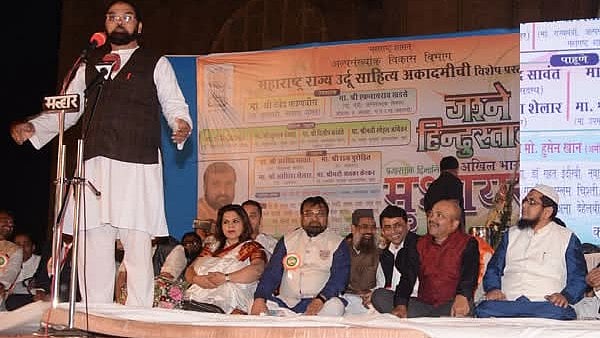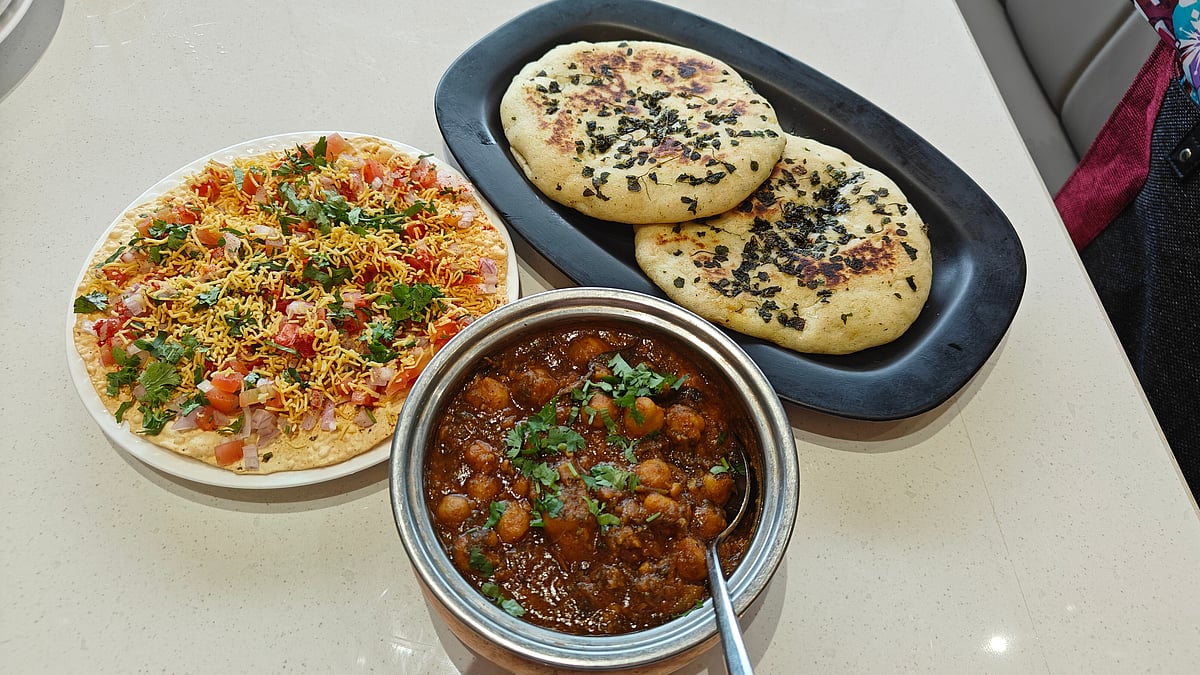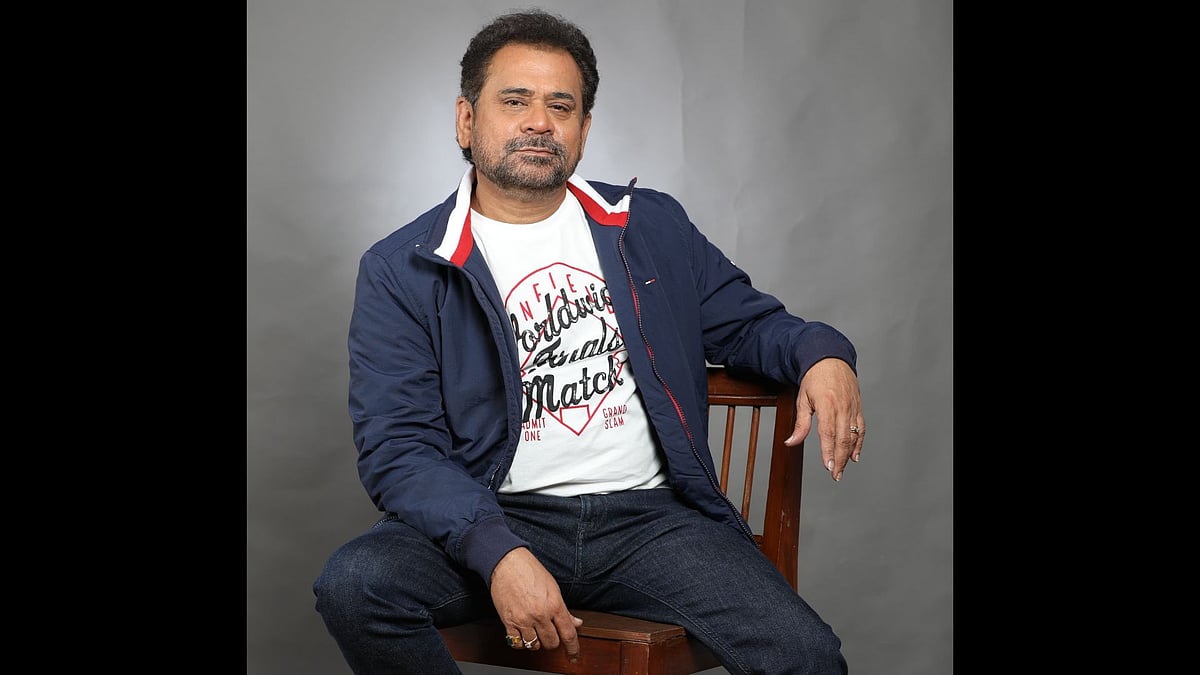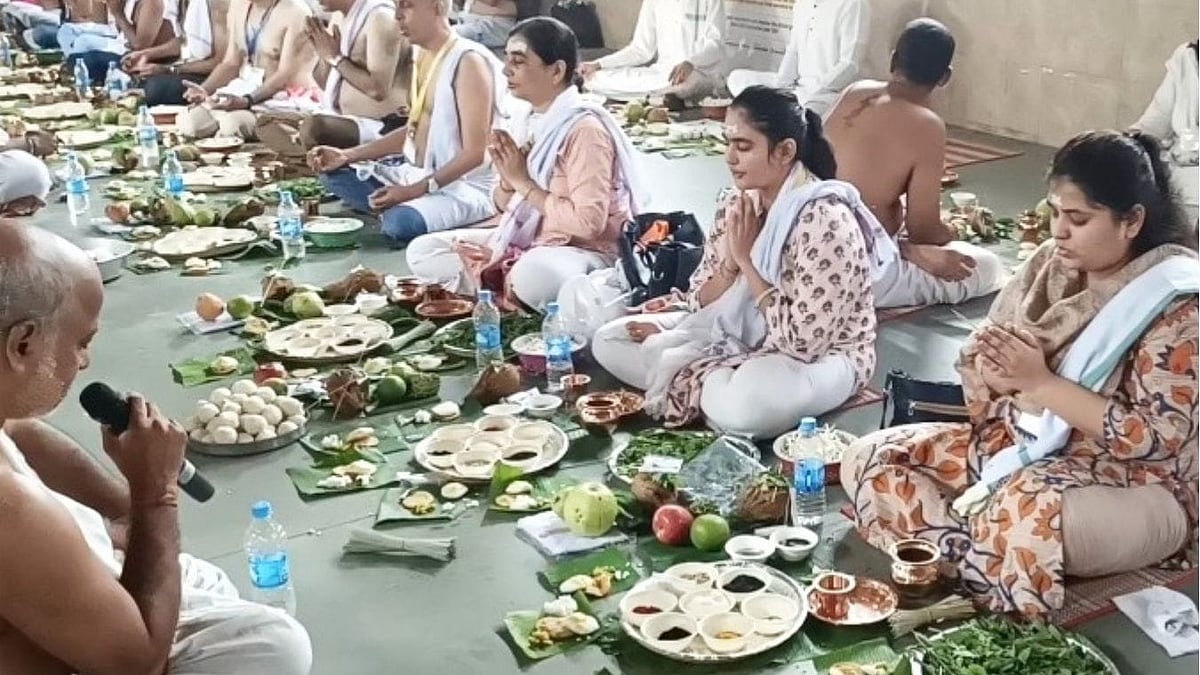Moving away from the realm of being perceived as boring or old-fashioned, handlooms are getting an eclectic makeover, giving them back the place that they always held – the top.
Revival cues
There is a growing appreciation for handmade textiles today, with designers working closely with weavers, giving traditional techniques a fresh spin with modern cuts, and platforms are helping tell the story behind the craft. That has really helped bring handlooms back into the spotlight. Avani Chandan, Co-Founder, The House of Ara, says, “It’s no longer just about sarees and dupattas. You will find handloom dresses, jackets, co-ord sets, shirts—even home décor and accessories. The fabric is being used in so many cool, everyday ways. It is creating more consistent work for them and better pay. A lot of weavers are now part of design collaborations or working with small brands directly, which gives them more visibility and respect.”
Contemporary fix

Journal by Pranay |
Handlooms are also reaching out to younger audiences who want something easy and stylish. Using silhouettes that are more relaxed, pastels, earthy tones, or even bright hues, the styling now is very wearable. Gautam Gupta, Creative Director Asha Gautam, says, “Traditional weaves are being infused with fresh motifs and contemporary artworks, helping them resonate with a broader and younger audience without compromising on their cultural essence. This artistic evolution ensures that age-old techniques stay relevant in a rapidly changing fashion landscape. Another significant step in this revival is the adaptation of these weaves into modern silhouettes. Whether it is a sharply tailored jacket, a flowing dress, or a statement pantsuit, integrating handwoven textiles into contemporary cuts gives them a new identity and purpose—blending heritage with modernity.” Sarika Kakrania, Founder, Pink City by Sarika, adds, “The younger generation is beautifully rooted yet expressive. So, our designs reflect that duality: pastel palettes, pre-draped sarees, lightweight lehengas, floral motifs, statement blouses, and even pieces that can be styled multiple ways. It's about ease, fluidity, and storytelling without compromising on craft. We want her to feel like she is wearing tradition, but on her own terms.”
Khadi calling

bamboo silk briade skirt and shirt |
The efforts of the government and the KVIC, which is the Khadi governing body, like the Centre of Excellence and marketing handloom and khadi products, have caused a fair share of interest from brands and fashion designers in using handloom products and khadi, especially. “Also, Indian shoppers are now a lot more open-minded to explore khadi as a fabric and products made from khadi. So yes, the three-way effort of the government, the industry, that is, fashion designers and brands, and the customers being more open-minded is leading to an overall revival of the sector,” says Stuti Dhanuka, Founder of Terra Luna. Khadi earlier used to be made for rough and coarse kinds of products, but now there is a lot of fashion being done in khadi as well.
Weaver wins
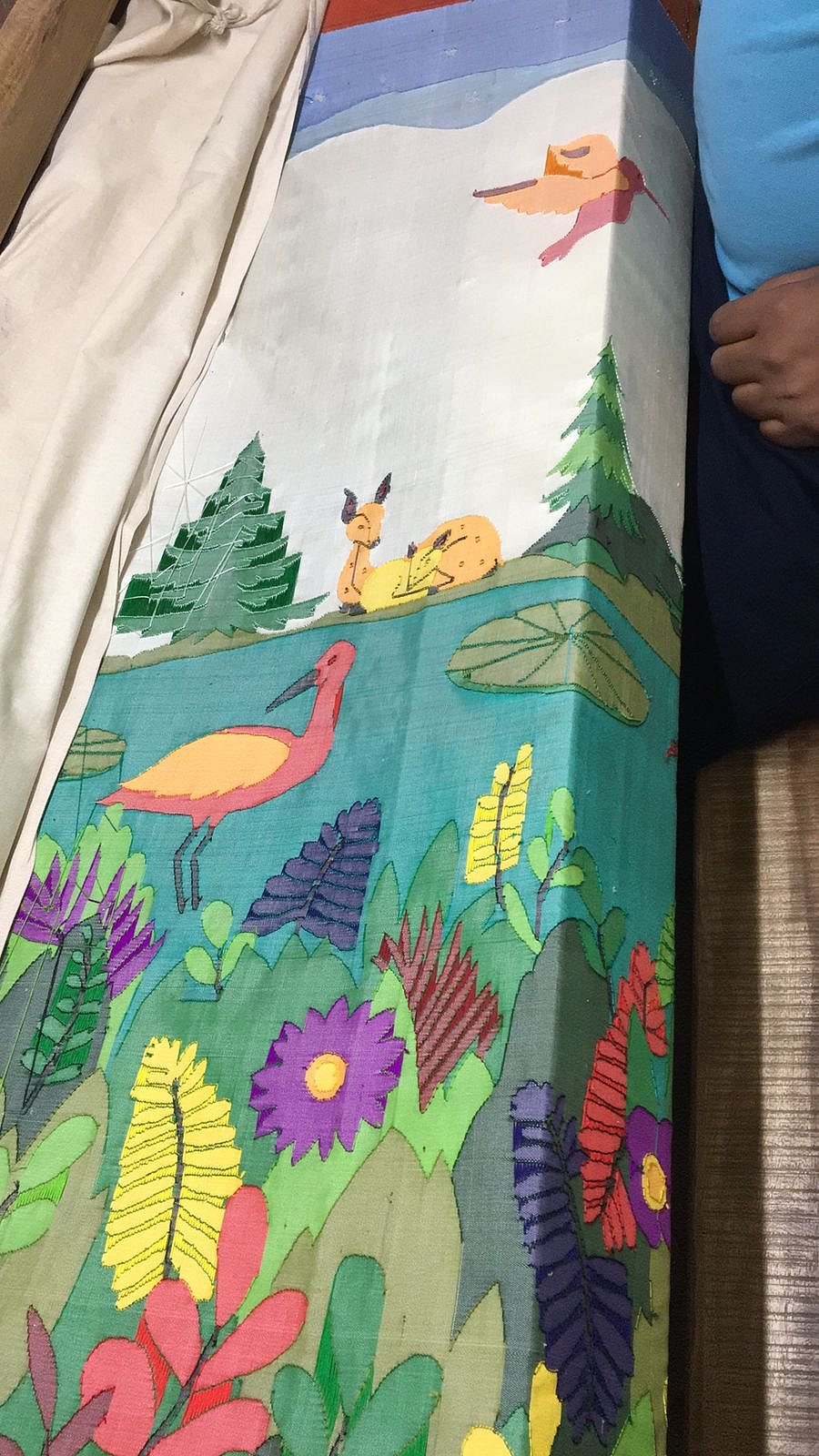
Label Asha Gautam paithani saree process |
The handloom industry is the second biggest industry in India after agriculture. Payal Jain, Principal Designer, A Design Indi Pvt. Limited, says, “By integrating traditional textiles into contemporary fashion, we try to help weavers earn a stable income and work in their own hometowns, instead of migrating to big cities in search of job opportunities. This also instils deep pride in their talent and love for their craft, ensuring they pass it down to future generations.” Through collaborations and partnerships with weaving clusters, designers work towards skill development of younger family members and build a sense of community. Ridhi Mehra, Founder & Creative Director, Ridhi Mehra, adds, “The focus has been shifted to made-in-India products, and therefore handloom is kind of the need of the hour. Supporting Indian artisans with bringing modern aesthetics to Indian sensibilities through adopting handloom. Younger audiences have been moving towards adopting handloom fabrics because they are looking for timeless pieces that can be passed on as heirlooms but with a modern twist.”
Right moves

Vasthralekha |
The revival of handlooms in India isn't a single moment or initiative; it’s more like a quiet but persistent movement. One that’s unfolding in pockets across the country, driven by designers, conscious consumers, grassroots organisations, and even government schemes. “However, to say handlooms have been ‘revived’ may be a bit too hasty an assertion – maybe the more accurate statement is that they are being taken back and redefined,” cautions Shriya Nagi, Co-founder, Mrida. Over the last ten years, handloom fabrics have gained acceptance in the luxury and contemporary design space in India, with designers such as Raw Mango and younger independent labels. Anil Sancheti, Partner, Mysore Saree Udyog, explains, “social media, websites, and e-commerce platforms have made it easier for people to discover and support these handmade treasures, helping artisans connect with a wider audience. Several government programs provide crucial support through funding, training, and better tools. These communication platforms enhance authenticity by providing videos that show the whole manufacturing process and behind-the-scenes footage alongside content made by artisans, which makes the making process more accessible to modern consumers.”
Demand drivers

Ridhi Mehra |
The revival of handlooms is being fuelled by a growing number of educated consumers who are increasingly aware of the unique value and benefits of handwoven textiles. This shift has moved handlooms from being a passive or necessity-driven choice to one that is intentional and thoughtfully made. “Consumers today are not just seeking quality but also valuing the heritage and craftsmanship that handlooms represent. This intent and appreciation for handwoven fabrics are crucial to the revival of this ancient art form. Moreover, many designers, including myself, are contributing to this resurgence by embracing these lost forms of art and adding relevance to them in today’s world. This is how the revival of handlooms is taking shape – through a conscious blend of heritage, design innovation, and a renewed cultural appreciation,” says Hara Pranay Surapaneni, Founder/Creative Director, Journal by Pranay & Vasthralekha. It's time to welcome handlooms to your wardrobe.


